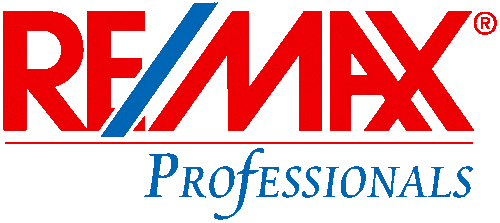“Has the market peaked” or “is the bubble nearing its burst” are questions that are dominating the housing market of Canada.
But more than these, investors must watch rental yields closely. Not every non-institutional buyer in residential real estate is purchasing to move in. Despite weak macroeconomic indicators, many reasons existed for Canadian households to invest in real estate assets. Mortgage rates fell sharply on the back of near-zero benchmark rates. Data also suggests that families are sitting on a record-high cash pile despite job losses and negative GDP growth after the pandemic struck.
The average selling price peaked at $716,000 in March, according to CREA. In March 2020, the figure was $575,000. Now, compare this house sales activity with the average monthly rent. The National Rent Report by Rentals.ca suggests average rent in Canada steadily declined between November 2020 and April 2021 on a month-over-month basis. It was only in May 2021 that an uptick was observed.
How the rental market behaved in 2020
Canada Mortgage and Housing Corp.’s 2020 Rental Market Report has some interesting findings. Data indicate rent arrears across Canada increased in 2020. But what also rose was the overall vacancy rate, from two per cent in 2019 to 3.2 per cent in 2020. Canadians were reluctant to move out and switch homes. Also, population growth in Canada was the slowest since 1945 because very few immigrants entered the country due to COVID-19 restrictions.
The CMHC report also reveals how the pandemic dealt a blow to renter households. Nearly 58 per cent of renters reported an uptick in arrears, clearly reflecting the stress in the rental market. Over six per cent of rented apartment units were in rent arrears, and Toronto topped in the category with over 10 per cent of units reporting arrears. Cumulatively, renters owed nearly $150 million in arrears in 2020.
The findings must be read against the backdrop of the federal government’s subsidy programs, including the emergency wage subsidy, recovery caregiving and recovery sickness benefit. Finance Minister Chrystia Freeland announced that these will continue until October 2021, calling them “lifelines” for many. If not for these support programs by the government, which burned a hole in its pocket and raised Canada’s debt-to-GDP ratio, the rental report could have been worse. Subsidies helped many families pay their rents amid the high unemployment rate.
One can also recall forecasts about Canada’s rental economy by Rentals.ca in January 2020. It predicted a year-over-year growth of three per cent in rents in 2020. For Toronto, the average rent was expected to increase seven per cent. Despite negative forces that gripped the rental space in the latter half of the year, average rent across Canada grew 3.6 per cent, according to CMHC. In Toronto, rent grew by 4.7 per cent. However, the vacancy rate also soared, indicating that the market had inventory, but the demand was lacking.
Prudence suggests rental growth must be in proportion with growth in the sale price of houses, at least when not everyone is graduating from renter household to ownership. Canada has a sizeable rental economy for students and new immigrants. Considering this, rents must grow for landlords to justify the purchase of property as an investment. Homeownership data suggests not more than 70 per cent of households own homes in Canada. This places it behind emerging markets like China and Vietnam, where ownership is approximately 90 per cent. For reference purposes, nearly 66 per cent of households in the U.S. own homes.
It is irrefutably true that new owners in Canada spent heavily when they recently acquired a residential real estate asset. It was only after March 2021 that average house prices began to fall. However, on an annual basis, prices were still up a whopping 25 per cent in June 2021.
The housing market has dominated headlines for much of the post-pandemic period. The biggest worry now is not whether it has peaked. The biggest question is what will become of rental yield?
Macroeconomic indicators in Canada
Here’s a cursory look at some facts about the economy. According to Statistics Canada, the economy is yet to bounce back to the pre-pandemic level in GDP terms. The economy contracted by 0.3 per cent in May 2021, a second consecutive monthly fall. The jobless rate still stands at 7.8 per cent, and 336,000 more full-time jobs need to be created to take employment to the pre-COVID level. In June, the inflation rate was 3.1 per cent. It is quite clear that macroeconomic indicators have yet to rebound. The Delta variant further threatens any quick recovery.
From here on, watchers must carefully study rental yield to understand better whether investors in real estate paid too much. Renter households will shape how the rental economy behaves. If demand rises and vacancy rates fall across provinces, rents will go up. But if the slowdown in immigration continues in 2021 and tenants find it difficult to pay like last year, the rental economy can become a cause of concern for all stakeholders. On a separate note, since the average house price is falling month-over-month, one can rarely expect to gain capital by selling the asset.
It will also be a lesson for investors that park money in real estate assets when prices are at a record high.














